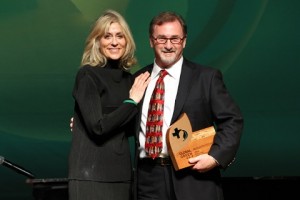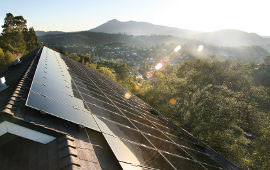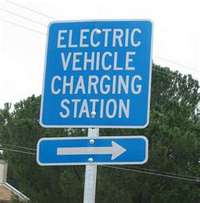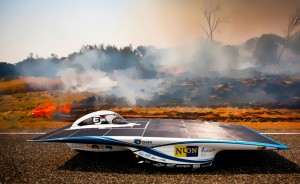 What would Abraham Lincoln think about the internal divide within the US solar industry and its reaction into claims that China is using unfair trade practices to dump solar panels in the US market? A few days go the Coalition for Affordable Solar Energy (CASE) representing dozens of U.S. solar companies and thousands of American jobs, have joined to urge policymakers to help find a resolution to SolarWorld’s harmful trade petition. The Coalition now represents 52 American solar companies from across the United States and throughout the solar value chain or nearly 10% of the U.S. solar industry workforce.”Every day, new American solar companies are stepping forward to oppose SolarWorld’s bid to block competition in the U.S. solar industry,” said Alan Epstein, President and COO of KDC Solar LLC, a new CASE member based in New Jersey. “Competition is good for the U.S. solar industry, good for solar jobs, and most importantly, good for creating and preserving long-term jobs for our electric customers and therefore the economy. The solar industry must remain united in its mission to make solar energy affordable for everyone.”
What would Abraham Lincoln think about the internal divide within the US solar industry and its reaction into claims that China is using unfair trade practices to dump solar panels in the US market? A few days go the Coalition for Affordable Solar Energy (CASE) representing dozens of U.S. solar companies and thousands of American jobs, have joined to urge policymakers to help find a resolution to SolarWorld’s harmful trade petition. The Coalition now represents 52 American solar companies from across the United States and throughout the solar value chain or nearly 10% of the U.S. solar industry workforce.”Every day, new American solar companies are stepping forward to oppose SolarWorld’s bid to block competition in the U.S. solar industry,” said Alan Epstein, President and COO of KDC Solar LLC, a new CASE member based in New Jersey. “Competition is good for the U.S. solar industry, good for solar jobs, and most importantly, good for creating and preserving long-term jobs for our electric customers and therefore the economy. The solar industry must remain united in its mission to make solar energy affordable for everyone.”
The Coalition for Affordable Solar Energy actions comes on the heals of the U.S. Department of Commerce‘s decision to initiate an intensive, year-long investigation into Chinese solar export practices. “The anti-competitive tactics of Chinese exporters have threatened to wipe out U.S. producers and jobs said,” Gordon Brinser, president of SolarWorld and a leader for the Coalition for American Solar Manufacturing (CASM) Brinser said. “Domestic producers look forward to returning to steady increases in efficiency and sustainable decreases in pricing that directly result from legal international competition – and to advances in America’s renewable-energy future.” CASE members represent a large cross section of the U.S. solar industry, both large and small companies, including silicon and module manufacturers, project developers, financial and real estate services and installers.
“We’ve hired 400 employees this year, including electricians, roofers, salespeople, call center professionals – affordable solar energy in the United States is the catalyst for this new economic opportunity and these jobs,” said Ken Button, co-founder and president, Verengo Solar Plus. “If SolarWorld is successful with its petition, it would hurt the broader U.S. solar industry. Are SolarWorld’s jobs more important than ours?” In a recent solar industry report, Jefferies analyst Jesse Pichel explained why SolarWorld’s anti-trade petition could hurt broader U.S. solar industry growth: “The U.S. solar industry, already suffering from a lack of financing, will experience higher panel prices and lower demand if countervailing duties are imposed as early 2012. SolarWorld may see backlash as U.S. developers and installers are hurt by this scorched Earth approach.”SolarWorld‘s trade action has been largely unpopular in the U.S. solar industry, given its potential to hurt thousands of jobs throughout the solar value chain.












